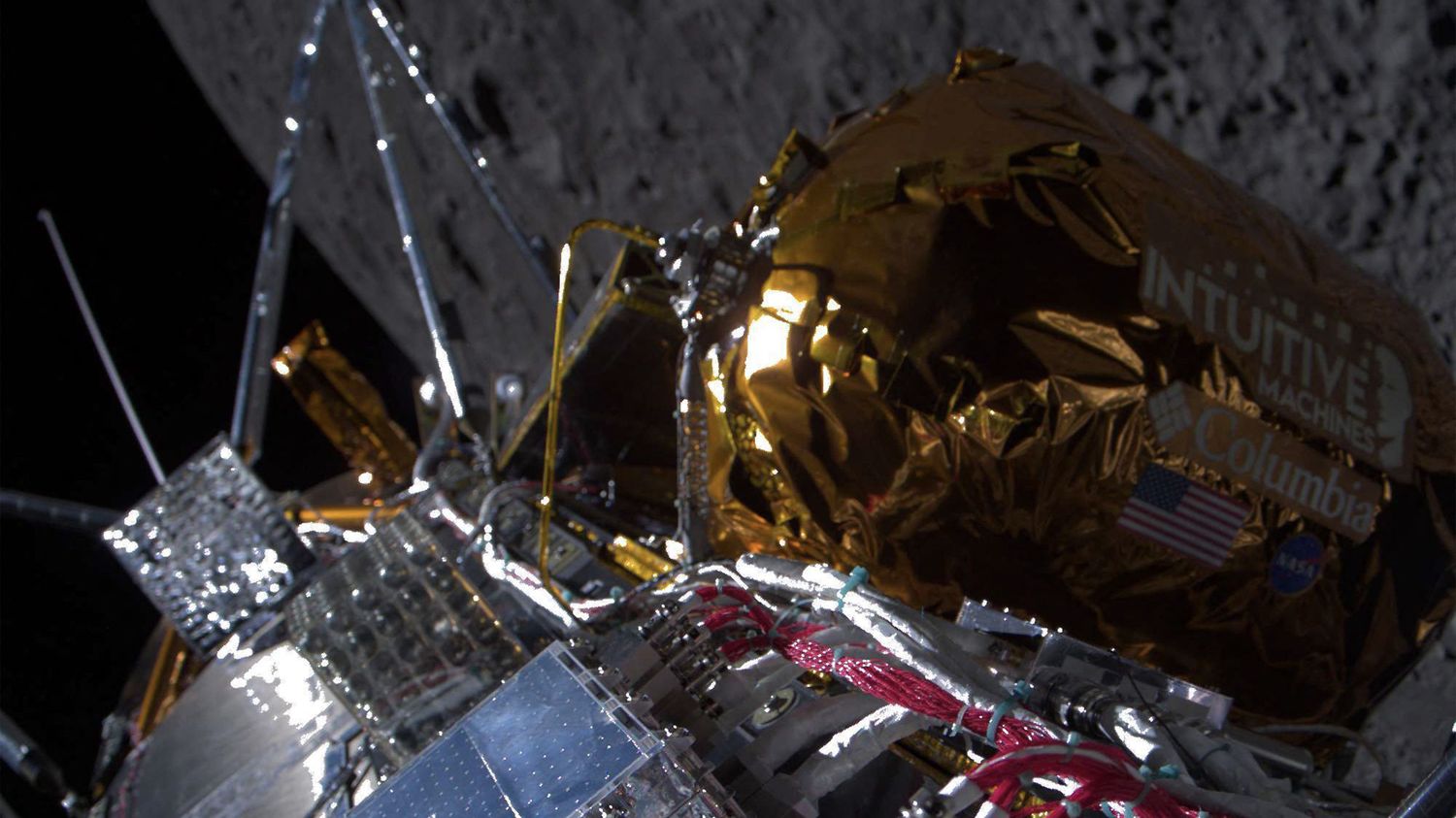The probe from the private company Intuitive Machines landed on the moon on Thursday after a descent of around an hour.

Published
Reading time: 1 min

This is a first for a private company. A probe from the American company Intuitive Machines landed on the Moon on Thursday February 22, marking the first landing of an American device in more than 50 years and the end of the Apollo program in 1972. The Nova-C lander, which notably transports NASA scientific instruments, took off last week from Florida. After a descent of about an hour, the moon landing took place at 5:23 p.m. Houston time (12:23 a.m. Paris time), where the company’s control room is located.
“We can confirm without a doubt that our equipment is on the surface of the Moon, and we are transmitting” a signal, said Tim Crain, manager at Intuitive Machines. “For the first time in human history, a private company, an American company, took off and led the journey up there”for his part welcomed Bill Nelson, head of NASA.
A perilous descent
The signal received, however, was weak and the status of the lander was not immediately completely clear. The company then confirmed on that the moon landing had landed “standing” and started to “send data”. The descent was the most feared stage of the mission. Lasers which would normally allow the device to guide itself did not work, but a backup solution was able to be used: a NASA instrument on board which was, originally, only to be tested during the mission .
The location that Intuitive Machines was targeting is located about 300 kilometers from the south pole of the Moon, a crater called Malapert A. The lunar south pole is of interest because there is water there in the form of ice, which could be exploited. NASA wants to send its astronauts there from 2026 with its Artemis missions, and it is in particular to prepare them that it is seeking to study this still little-explored region more closely.
